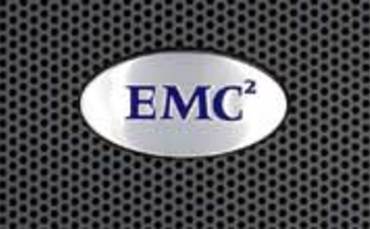Edwin Schouten| Wired
One of the benefits of cloud computing is increased efficiency; services are rapidly deployed and ready for use in a matter of minutes versus the weeks or months it traditionally takes. But there is more to cloud computing than just getting your compute resources, storage capacity or application as a service within minutes. Based on personal experience with cloud consumers, here are the top five business benefits beyond efficiency.
Business agility
Getting the compute resources you need when you need them tends to shorten IT projects resulting in less FTE to deliver the project and a quicker and more predictive time-to-market. Being able to deliver results faster, cheaper and with more quality might just give your business a competitive edge and make her more nimble on her feet. I have seen a data analytics project being reduced from 4 months to just 3 weeks, reducing the projects time-to-market and overall cost significantly.
New business models
It has become much easier to start business innovation initiatives, often enabled by readily available cloud services. Utilizing or combining these services can result in new and innovative business models, generating new value propositions and resulting in new revenue streams. There are even companies that are building entirely new business models and value propositions solely using cloud services. I see this last category especially in small and medium enterprises, but also think of Spotify, and BitCasa.
Less operational issues
Utilizing standardized services can significantly reduce issues and defects. This increases business continuity and reduce time spent on operational issues, focusing more on the things that matter. Cloud computing allows you to deploy the same service or topology of services repetitively, with the same result every time. This allows organizations to predicatively deploy pre-build server images, application services or entire application landscapes defined using design patterns.
Better use of resources
On the other side of the “business agility” model, more efficient projects and less operational issues allow your employees to spend their time on other more useful activities that may offer a greater potential value to your business. This benefit is different for every organization and harder to quantify, but people are an organizations biggest asset and this allows you to better utilize this asset.
Another take on better resource usage is based on the fact the principle of “economies of scale”; cloud service providers, in general, more efficiently utilize physical resources and reduce energy consumption in contract to a traditional IT approach.
Less capital expense.
There is some debate about the value of shifting from a capital expense (CapEx) model to an operational expense (OpEx) model. Overall sentiment is that, specifically for short and midterm projects, the OpEx model is more attractive because there are no long term financial commitments. In the OpEx model zero upfront investment is required, which allows organizations to start projects faster but also end them without losing any investments in the cloud services.
As you see, there is much more to cloud computing than technology alone. The true power of cloud is what the technology, implementing rapidly deployed services in the cloud, can mean for your business.
Edwin Schouten is the Cloud Services Leader for IBM Global Technology Services in the Benelux region (Belgium, Netherlands and Luxembourg). He has 14 years experience in IT, of which the last 8 years in IT Architecture. He is Open Group Certified IT Architect, Expert level IBM IT Architect and has a Masters of Science degree in IT Architecture. He is an evangelist for cloud computing, both internal and external of IBM and active participant in cloud computing standardization organizations in the Benelux.













